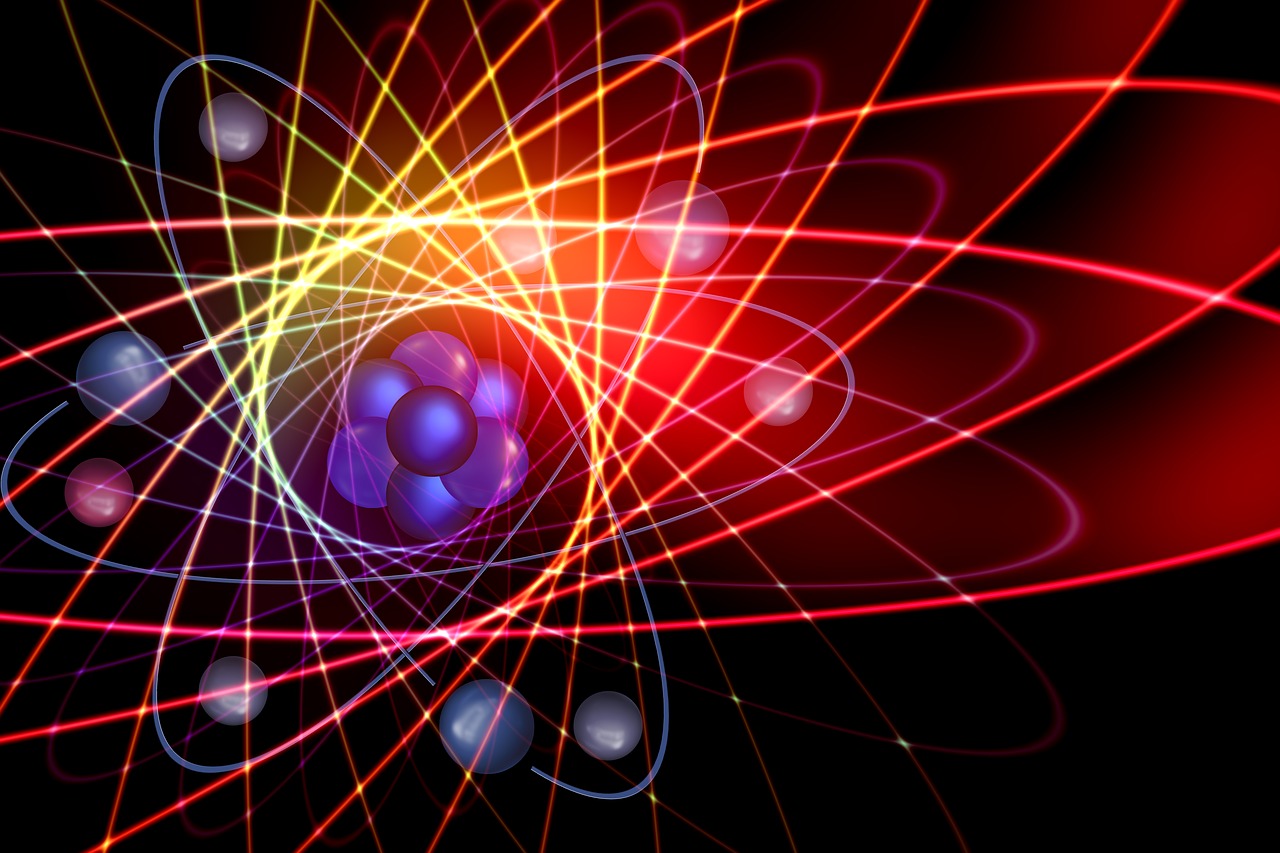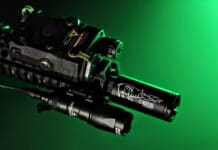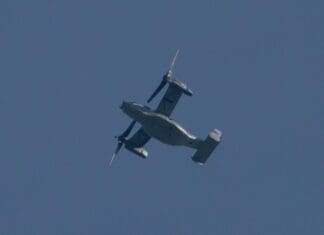This post is also available in:
 עברית (Hebrew)
עברית (Hebrew)
Quantum entanglement is a physical phenomenon whereby two particles remain interconnected, sharing physical traits regardless of how far apart they are from one another. A new radar prototype uses quantum entanglement as a method of object detection. This successful integration of quantum mechanics into devices could significantly impact the biomedical and security industries.
The quantum radar prototype is able to detect objects in noisy thermal environments where classical radar systems often fail. The technology has potential applications for ultra-low power biomedical imaging and security scanners.
Physicists at the Institute of Science and Technology Austria (IST Austria) along with collaborators from the Massachusetts Institute of Technology (MIT) and the University of York, UK, and the University of Camerino, Italy have demonstrated the new type of detection technology called microwave quantum illumination that utilizes entangled microwave photons as a method of detection, according to phys.org.
Instead of using conventional microwaves, the researchers entangle two groups of photons, which are called the signal and idler photons. The signal photons are sent out towards the object of interest, whilst the idler photons are measured in relative isolation, free from interference and noise. When the signal photons are reflected back, true entanglement between the signal and idler photons is lost, but a small amount of correlation survives, creating a signature or pattern that describes the existence or the absence of the target object—irrespective of the noise within the environment.
Quantum technology can outperform classical low-power radar. While quantum entanglement in itself is fragile in nature, the device has a few advantages over conventional classical radars. For instance, at low power levels, conventional radar systems typically suffer from poor sensitivity as they have trouble distinguishing the radiation reflected by the object from naturally occurring background radiation noise. Quantum illumination offers a solution to this problem as the similarities between the signal and idler photons — generated by quantum entanglement — makes it more effective to distinguish the signal photons (received from the object of interest) from the noise generated within the environment.
The research is published in the journal Science Advances.

























